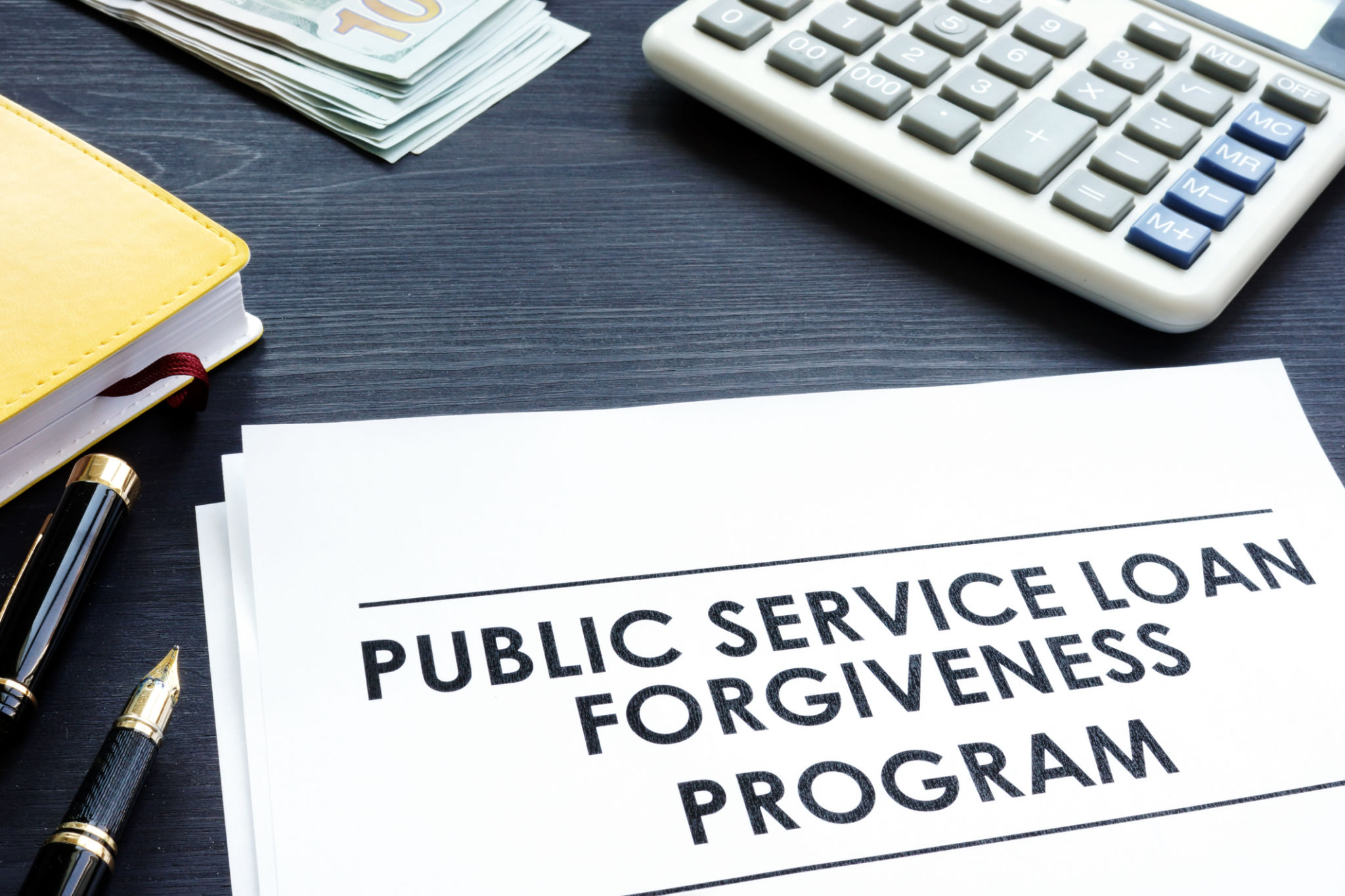Debunking Common Myths About Federal Student Loan Programs
Understanding Federal Student Loan Programs
Federal student loan programs are often surrounded by a myriad of misconceptions that can lead to confusion among prospective and current students. These myths can influence important decisions about education financing and repayment strategies. In this post, we aim to debunk some of the most common myths associated with federal student loans.

Myth 1: Federal Loans Cover All Education Expenses
One widespread myth is that federal student loans will completely cover all educational costs. In reality, federal loans are intended to assist with covering the cost of attendance, which includes tuition, fees, room, board, and other educational expenses. However, they may not fully cover everything. Students often need to combine federal loans with scholarships, grants, or personal savings to meet their full financial needs.
Myth 2: You Have to Start Repaying Loans While in School
A common misconception is that students must begin repaying their federal student loans while still in school. In fact, most federal student loans offer a grace period. This means that students typically do not have to start making payments until six months after graduating, leaving school, or dropping below half-time enrollment. This grace period allows graduates time to secure employment and stabilize their finances.

Exploring Repayment Options
Another area of confusion surrounds the repayment options available for federal student loans. Many people mistakenly believe there is only one way to repay these loans. However, the federal government provides various repayment plans to accommodate different financial situations.
Myth 3: Income-Driven Repayment Plans Aren't Beneficial
Some borrowers might think that income-driven repayment plans are not beneficial because they extend the repayment period. While it is true that these plans can extend the time it takes to repay loans, they adjust monthly payments based on income and family size, which can significantly ease the financial burden for many borrowers. These plans can also lead to loan forgiveness after a certain number of years of qualifying payments.
Myth 4: Loan Forgiveness Is a Myth
There is skepticism about the availability of loan forgiveness programs. However, programs like Public Service Loan Forgiveness (PSLF) and Teacher Loan Forgiveness are legitimate options for borrowers who meet specific criteria. It's important to understand the eligibility requirements and application process to take advantage of these opportunities.

The Impact of Interest Rates
The role of interest rates in federal student loans is another area clouded by misinformation. Understanding how interest rates work can help borrowers make informed decisions about their loans.
Myth 5: Federal Loan Interest Rates Are Always Low
While federal student loan interest rates are often competitive, they are not immune to fluctuations and can vary depending on the type of loan and the year it is disbursed. Rates are set by Congress and can change annually, affecting new borrowers each academic year. It's crucial for students to stay informed about current rates when planning their financing.
By debunking these common myths about federal student loan programs, students and graduates can make more informed decisions. Understanding the nuances of these loans can lead to better financial management and reduce unnecessary stress related to education financing.